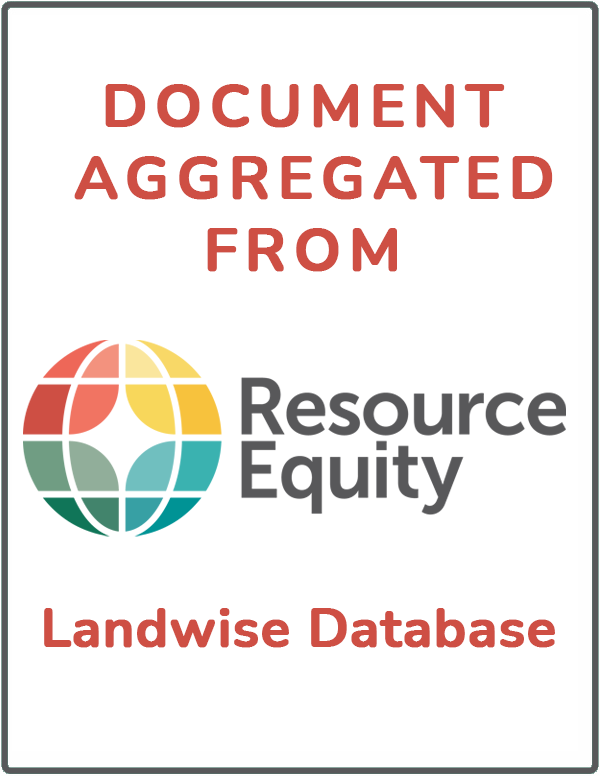[Executive Summary] In rural Rwanda, women, particularly widows and divorced or abandoned women, face severe obstacles protecting and upholding their interests in land, resulting in diminishing land tenure security. Women have weak rights under customary law, and while reforms have strengthened…
Poor women in developing countries rely on land as source of livelihood. Increasing pressure on land — brought on by globalisation pressures, increased population and privatisation — undermines women’s land tenure security. The comparison of women’s land access is predominantly measured against…
A two-year (2009–2010) action research study entitled “<a href="https://www.landcoalition.org/publications/experiences-women-asserting-their-land…
Here it is an important book on Women's Land Rights, published by the International Development Research Centre. The book's authors, Debbie Budlender and Eileen Alma, also draw from the outcomes of the 3 year collaborative project entitled “<a href="…
Rwanda’s economy is largely agrarian. More than 80% of the Rwanda’s projected population of 10.5 million1 depends on farming. The total land area of the country measures 24,700 square kilometers. Although about 79% of the country’s land is classified as agricultural, only 11% of the land…
Rwanda is a small, landlocked country with an area of 26,338 square kilometres, only 52% of which is used or developed. The country has a population of nearly ten million people, with a population growth rate of 3.1% and a high urbanisation rate of 8% a year. The average population density for…
In 2005 the Government, aiming to encourage more intensive forms of agriculture to supply new markets, passed a land law which brought all marshes and river valleys under State control. In 1997 the State leased 3,100 hectares of land in the Nyacyonga and Nyabarongo marshes outside the capital…
Rwanda is a small, landlocked country with an area of 26,338 square kilometres, only 52% of which is used or developed. The country has a population of nearly ten million people, with a population growth rate of 3.1% and a high urbanisation rate of 8% a year. The average population density for…







